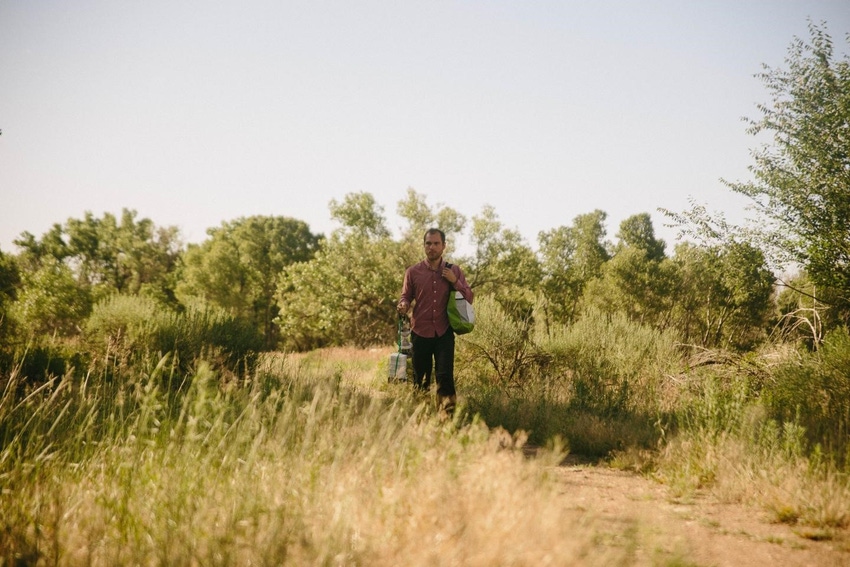Potential for U.S. spread of RVF virus studied
While Rift Valley fever has not been identified in U.S., Colorado study tracks potential of local mosquitoes to spread virus among livestock.
August 13, 2019

Rift Valley fever (RVF) virus is a global health concern caused by infected mosquitos and the handling of infected animal carcasses, according to an announcement from Colorado State University (CSU).
According to the Centers for Disease Control & Prevention, RVF is generally found in regions of eastern and southern Africa where sheep and cattle are raised, but the virus exists in most of sub-Saharan Africa, including west Africa and Madagascar.
Researchers with CSU wanted to know what would happen if RVF ever hit the U.S.
With multiple routes of entry into the U.S. and the most likely path of introduction being an infected traveler from overseas, the consequences for people and livestock would be significant, according to the CSU research team.
The researchers investigated mosquito communities near livestock feedlots in northern Colorado to determine the potential for mosquitoes to transmit the virus, the announcement said. They found that Culex tarsalis mosquitoes, which are abundant in feedlots and at nearby sites, could serve as a vector or means of transmitting the RVF virus among livestock and people in Colorado.
The study was published earlier this year in Transboundary & Emerging Diseases.
Rebekah Kading, assistant professor in the CSU department of microbiology, immunology and pathology, said previous research analyzing possible transmission of the virus was conducted only in laboratory settings. This new research and fieldwork adds ecological context to the lab data in terms of determining which mosquito species actually feed on humans and livestock, CSU said. This is important to uncover clues as to how RVF virus might circulate in the real world.
Combining this information from laboratory and field studies also will help determine which mosquitoes would be a priority to control to prevent a possible outbreak, Kading added.
Public enemy
Culex tarsalis mosquitoes are the main vector transmitting West Nile virus in Colorado, and they are known to easily transmit other viruses in the lab. "It's one of the most medically important species in Colorado and in the U.S.," Kading said.
Daniel Hartman, the study's lead author and a CSU doctoral student studying microbiology, described Culex tarsalis mosquitoes as "public enemy number one."
"Lab studies show these mosquitoes have very high transmission rates," he said. "We've now found that this mosquito is in and near feedlots. It will bite a cow, and, presumably, it would bite another cow. That's the complete transmission cycle for a virus."
The research team studied mosquitoes at four northern Colorado locations, pairing livestock feedlots and sites less than 1.5 miles away without livestock. Mosquitoes were collected over several months in the summer of 2016. Researchers subsequently analyzed the mosquitoes' blood meals to learn more about their diet.
Hartman said he and the team are now taking a closer look at the behavior of the mosquitoes to try to get a better sense of how different species of mosquitoes could contribute to transmitting RVF if it was introduced in the U.S. "We also know that deer are highly susceptible to this virus, so we can look at the magnitude of transmissions," he said.
Kading said the CSU team will continue to fill in gaps in the data related to this virus.
"With some of the mosquito species from our field study, we learned more about blood meals from deer and cattle," she said. "There is little or no vector competence data available for them. Now, in the lab, we want to 'challenge' those mosquitoes to see if they're capable of transmitting Rift Valley fever virus."
In addition to this lab research, Kading's team is looking at vertical transmission -- the transfer of a virus from the mother mosquito to her offspring.
Nicholas Bergren, a co-author on the paper and a postdoctoral fellow in Kading's Lab, explained how the transmission works. "The eggs get infected, so the female passes the virus on to offspring mosquitoes, which then continue to transmit the virus," he said.
Researchers have documented this type of vertical transmission with bunyaviruses, including La Crosse encephalitis.
Source: Colorado State University, which is solely responsible for the information provided and is wholly owned by the source. Informa Business Media and all its subsidiaries are not responsible for any of the content contained in this information asset.
You May Also Like



